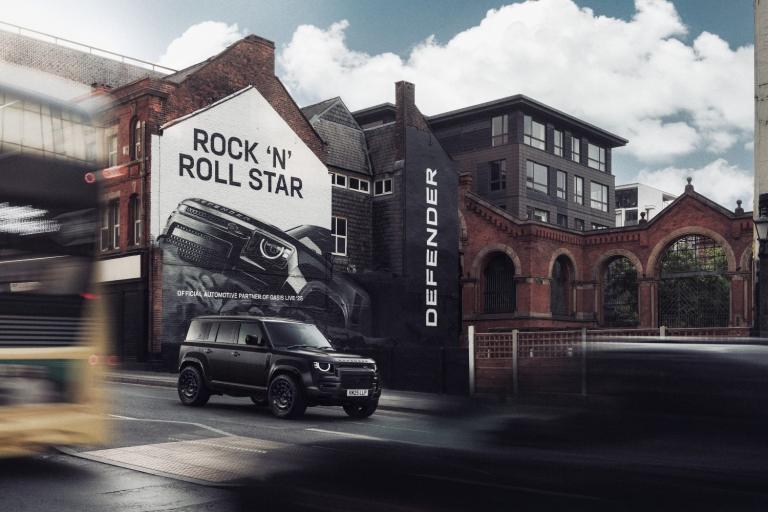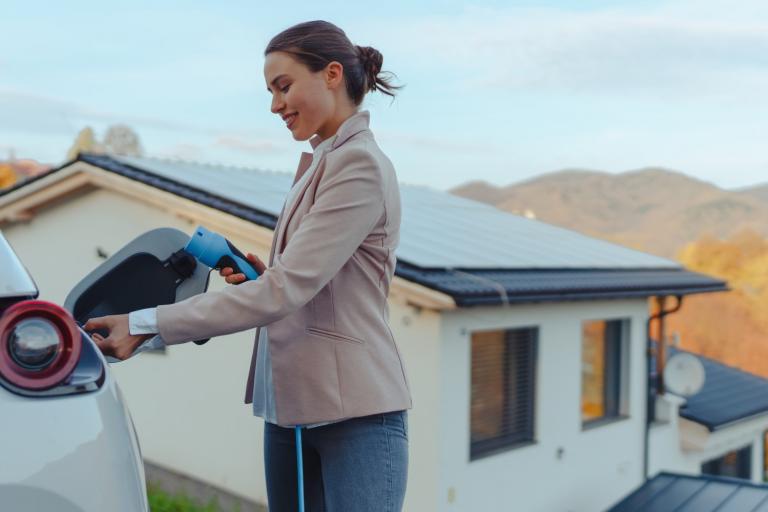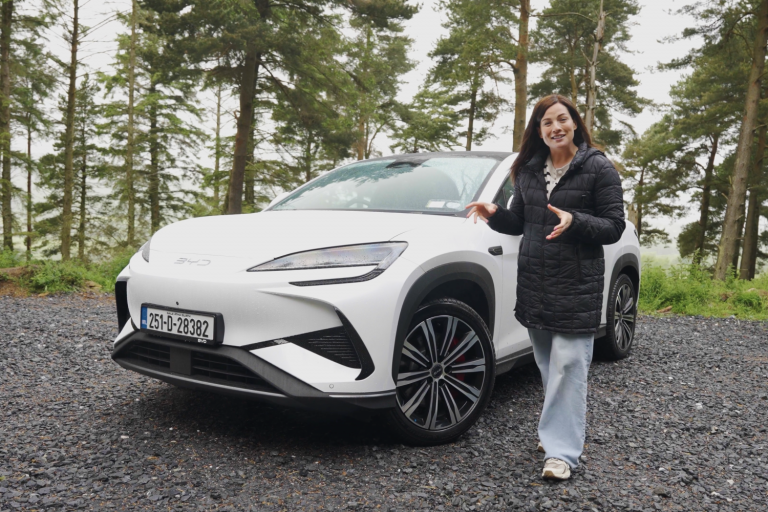Peugeot 3008 SUV: how little-petrol engine fared in my marathon drive
Published on 21 September, 2019
My main purpose was to see how such a small power source would fare over near-1,000km of mixed driving
Overview
Back-seat passengers can give a different perspective on a car. They often highlight elements that would escape me as the driving-seat occupier. I do sit in the rear seats to test for room, comfort and space. But maybe not thoroughly, or for long, enough.
My helpful passenger's comments (he was one of several in an often-full cabin over the course of a marathon Kerry weekend) reminded me how I need to pay closer attention when words from the back are repeated. More anon.
I was driving the award-winning compact crossover Peugeot 3008 SUV. I've reviewed versions here before, but not the one powered by the little 1.2-litre, 3-cylinder petrol engine. My main purpose was to see how such a small power source would fare over near-1,000km of mixed driving. Could it be a realistic option for families now jostling with the idea of having to switch from diesel?
My drives took in city traffic, narrow country roads, steep mountainy stretches and, mostly, long stints on the motorway. A fairly good cross-section, though maybe not the best profile of a prospective family's regular commute.
It was also good to reacquaint with the 3008 SUV: that strong front design is standing the test of time. As is the i-Cockpit combination of central infotainment display above 'piano key' buttons for major functions and normal information in front of the driver.
The latter is normally partially obscured by the steering wheel (how often have we peered through one?). Not with the tiny steering wheel in this - you get full visual of the information over the top of the wheel, without really having to take your eyes off the road. It works. But would I be looking at a rapidly slumping fuel gauge? And, to keep momentum, would I be changing gears like a demented lever-pulling slot machine player? Was the whole idea a waste of time (and petrol)?
Well, I resolved to give it every chance. That involved making up my mind to drive differently than I would a diesel. I didn't rush the gears for acceleration. I stayed further under the speed limits than I would with a diesel. In short, I was far less aggressive in my driving.
Now and again I'd forget myself. And, my goodness, did the instant fuel consumption gauge reflect that? Mercy.
Then, as the kilometres slipped by, I revisited an old logic. I don't think we realise just how much our driving style affects fuel consumption. Drive a little more slowly and smoothly and you'll see what I mean.
It took me a while to stop feeling guilty about making better time. I reasoned I was talking about arriving 10/15 minutes or so later than if I'd 'rushed' a diesel. The saving in fuel would, by comparison, more than compensate for time consumed getting there.
My figures reflect that. I averaged 6.5 litres every 100km. I thought that was more than decent for a petrol of this size propelling a substantial car and cargo. Of course, diesel would easily have done it on 4.5 litres. That's a fact; the difference in consumption is sizeable, for sure.
But... let's not forget diesels cost €2,000-plus more to buy (and will be even pricier if/when the Government has its way). You'd be a long time making up the initial-cost difference with lower fuel bills - something to remember if thinking about switching.
But you should also be realistic: A petrol car of this calibre works best for a family doing 15,000km a year. After 20,000km, it makes a lot less sense than a diesel or hybrid.
Another thing to be clear about is that many cars cannot carry five adults. They are 'five-seaters' but often the middle-rear slot is for a toddler. My 3008 on test was no different.
Getting three adults in was an achievement. Which is where that back-seat complaint arose. Getting the seatbelt slotted in was a struggle each time it was used.
But - and this is where I really value passenger input - there was also good back-seat-of-the-pants news from my knowledgeable passenger.
Like me, he was pleasantly surprised at the car's brisk pulling power under full load (up a narrow steep slope especially). It buzzed along with minimal gear-change required.
I enjoyed it a lot, even though I feel I cheated a little on a non-petrol friendly route and smoother driving. I still believe there is a big role for a petrol like this in the transition to electrification.
And I think I speak for front and back-seat passengers on that.
Facts & figures
Peugeot 3008 petrol SUV:
1.2-litre, 3cyl petrol engine, 130bhp, 6spd, €200 road tax. Standard spec is extensive (includes air con, i-Cockpit, electric windows, array of active/passive safety items. Allure spec (third-level trim) on test car adds parking sensors, driver's seat lumbar adjustment, leather-effect/cloth seat trim, front passenger seats with picnic table, smartphone charging plate.
Price: €31,390
Latest Reviews

Rock n Roll Star - Defender partners with Oasis Live

GEV Technologies Powers Smarter EV Charging for Fleets and Businesses

BYD Sealion 7 Video Review